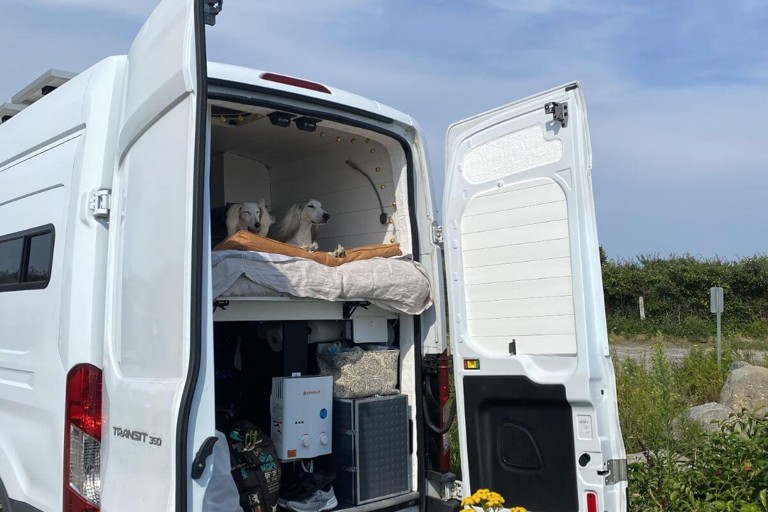Travel & Trails
Vanlife Trend Picks Up Steam Across Canada’s East Coast
From Halifax to St. John’s, travellers are converting vans into cozy homes-on-wheels, chasing coastal views and slower living as more Canadians embrace flexible work and open-road exploration.
By Jason Leclerc • 2025-10-03

Along the winding roads of Nova Scotia’s South Shore, vans painted in muted tones of sage, white, and sky-blue are becoming a familiar sight. Parked near windswept cliffs and quiet fishing coves, they tell the story of a growing community choosing freedom over routine — a Canadian twist on the vanlife movement that has rolled steadily eastward.
What began as a post-pandemic experiment for remote workers has evolved into a lifestyle embraced by a range of Canadians, from retirees to digital creatives. “There’s something freeing about waking up beside the ocean,” says Lisa Tremblay, who left her downtown Halifax apartment to live full-time in her retrofitted Sprinter van. “You trade space for simplicity, and you gain peace.”
Vanlife along the Atlantic provinces has its own rhythm — early mornings brewing coffee on portable stoves, late afternoons spent photographing lighthouses or surfing chilly waves near Lawrencetown. Many travelers use social media to document their journeys, showcasing a blend of coastal living, craftsmanship, and minimalism that’s uniquely Maritime.
Local tourism boards have taken notice. Communities across Nova Scotia and Newfoundland are adapting, adding overnight parking zones, waste disposal sites, and small charging stations to support responsible travelers. “It’s not a fad anymore,” says tourism consultant Brent Holloway. “It’s an evolution in how people connect with nature and each other.”
The rise in interest has also boosted small businesses catering to the movement — from mobile mechanics to custom builders who transform cargo vans into self-contained cabins. One Halifax-based company, Seabright Conversions, says its order list now stretches six months out. “People want wood interiors, solar panels, and hot showers,” says owner Mariah Kline. “It’s cozy adventure, not roughing it.”
Still, vanlife in Canada’s East Coast isn’t without its challenges. Coastal storms, narrow roads, and limited winter camping sites test the endurance of even seasoned travelers. “You have to plan for weather and patience,” says Kline. “But the payoff — waking up to fog rolling over the water — makes it all worth it.”
Environmental advocates have urged newcomers to practice sustainability, reminding drivers to avoid overused beach spots and to leave no trace. “We want the vanlife boom to enhance local economies without harming ecosystems,” says Green Shore Alliance director Emily Park. “These landscapes are fragile — respect keeps them open to everyone.”
In St. John’s, van owners gather on weekends near Cape Spear, North America’s easternmost point, to share stories and trade travel tips. “It’s like a floating neighborhood,” says Tremblay. “Everyone’s helping someone else fix a sink, wire a fan, or find the next hidden cove.” The camaraderie, she adds, makes the road feel less lonely.
As fuel prices fluctuate and remote work continues, more Canadians are discovering the appeal of mobility without haste. The movement’s mantra — “drive less, stay longer” — reflects a growing preference for depth over distance. Travelers linger in one place for days, learning the names of local bakers and fishermen rather than rushing to the next destination.
Whether parked by a red sandstone beach in Prince Edward Island or a foggy bay in Newfoundland, the vanlife trend has found its place on Canada’s East Coast. It’s not just about the vans, or even the freedom — it’s about rediscovering how to live deliberately, one sunrise and stretch of road at a time.